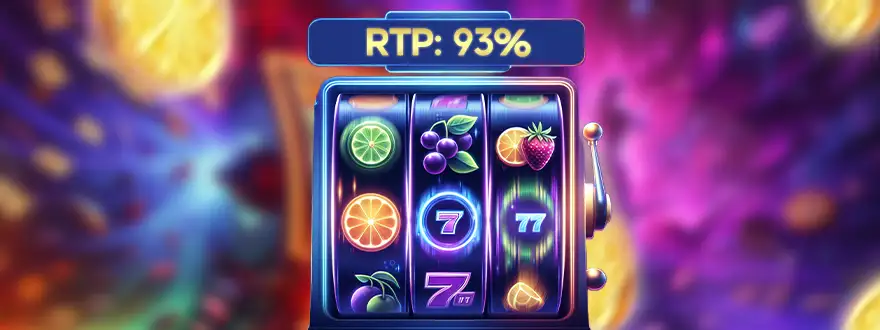
Wink Slots Blog

What Does RTP Mean in Slots? Understanding Your Return to Player
When exploring online slots, you will often come across a term called RTP. However, if you are unfamiliar with the term, you might wonder what RTP means and why it matters to players.RTP stands for Return to Player, this refers to the percentage of t...

























































































